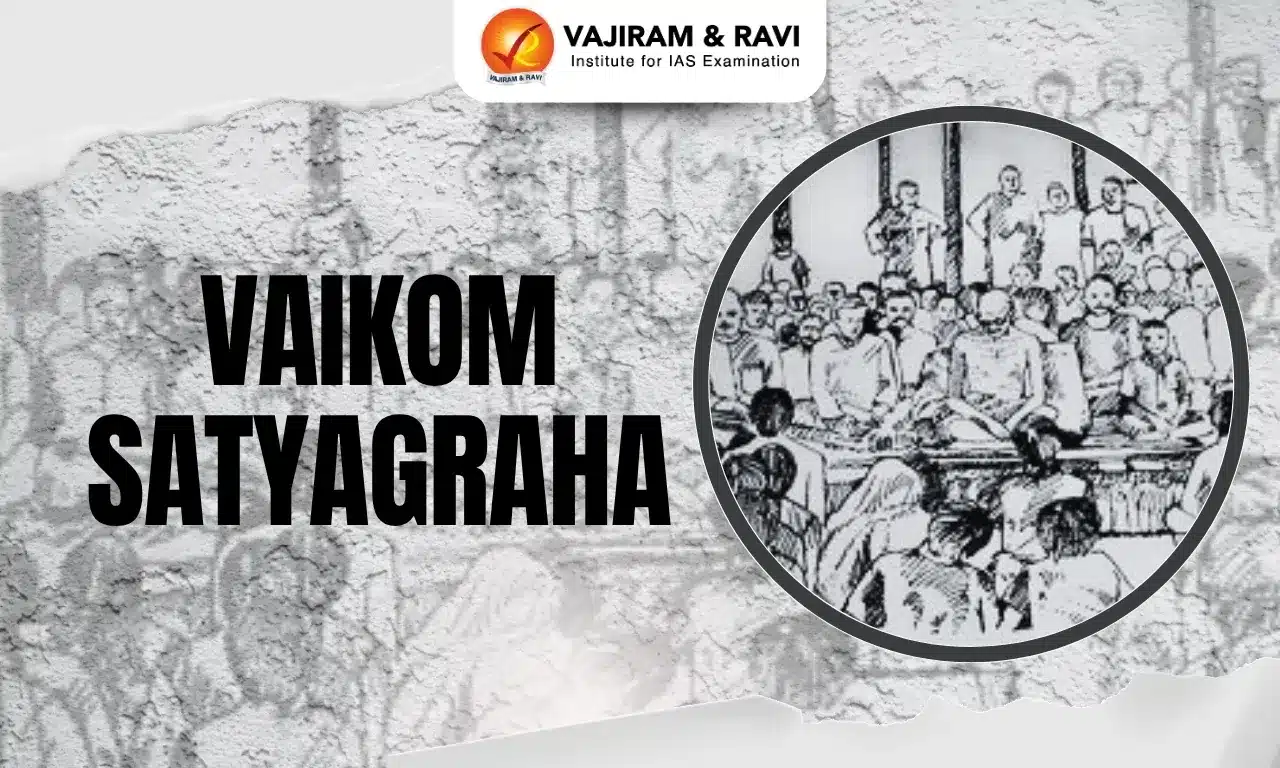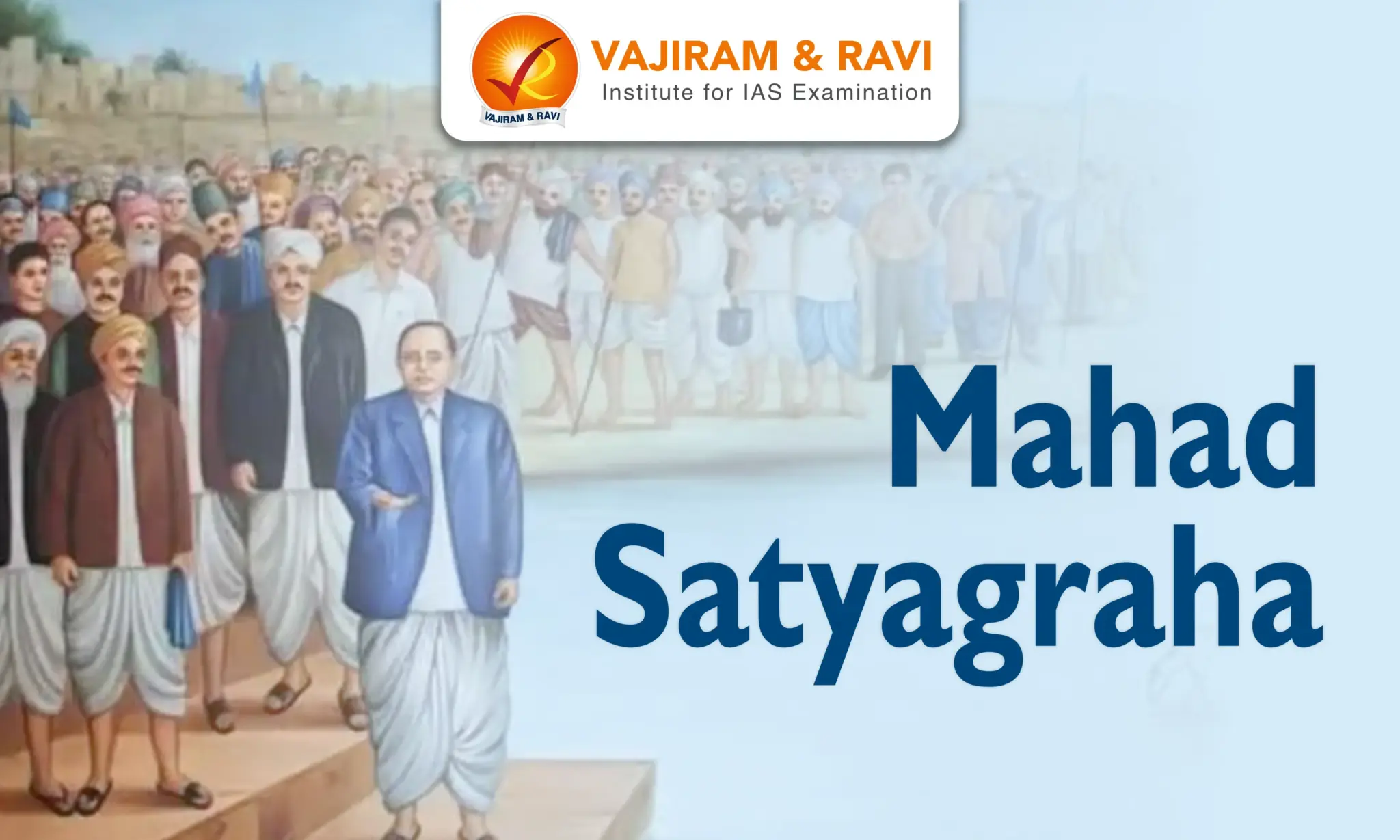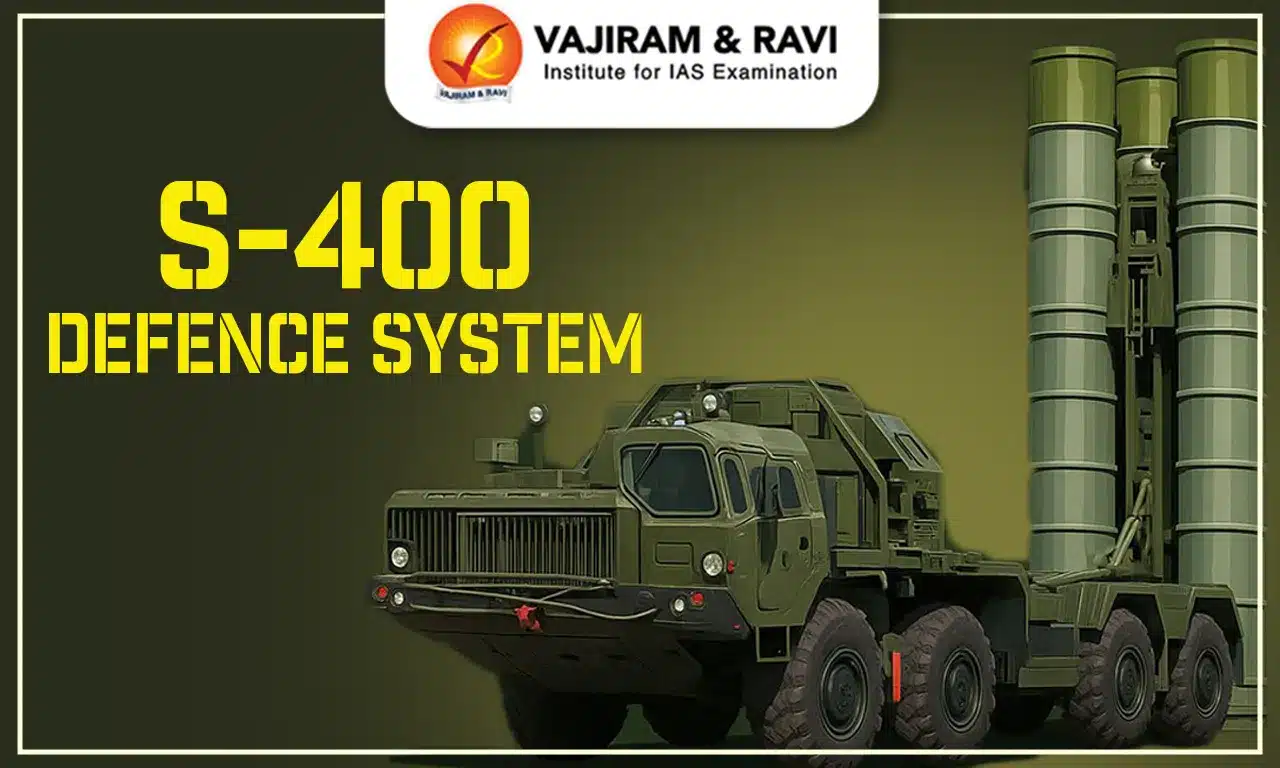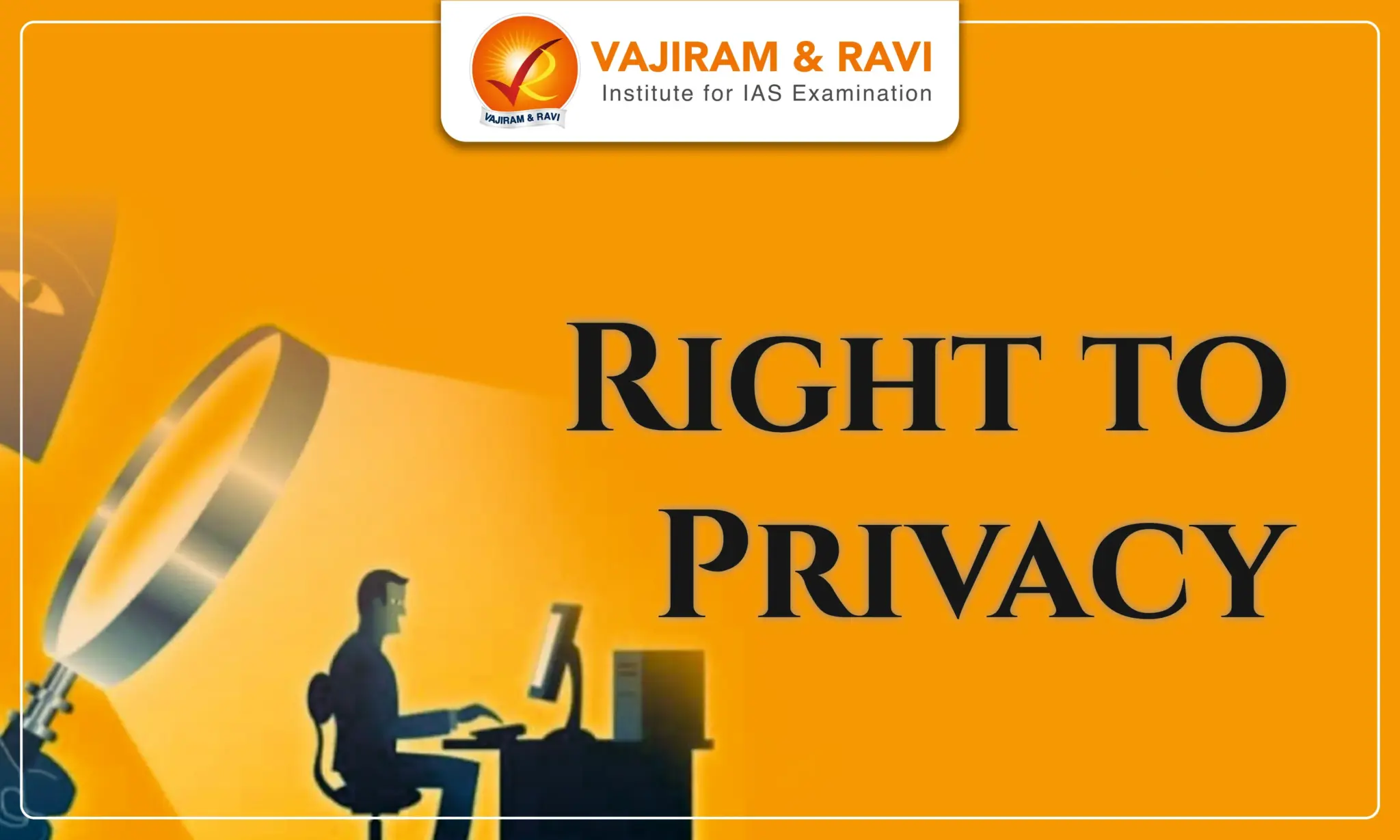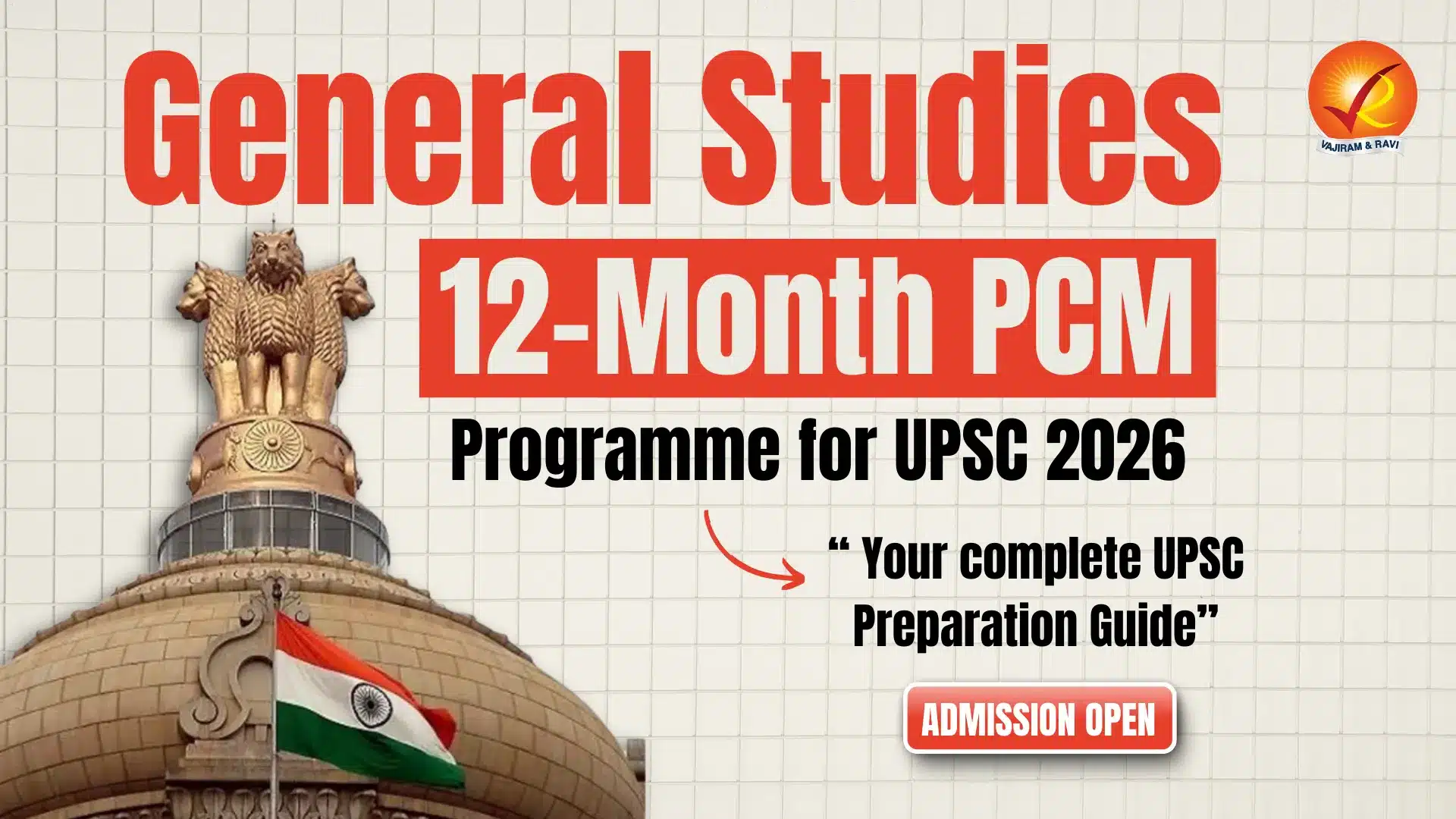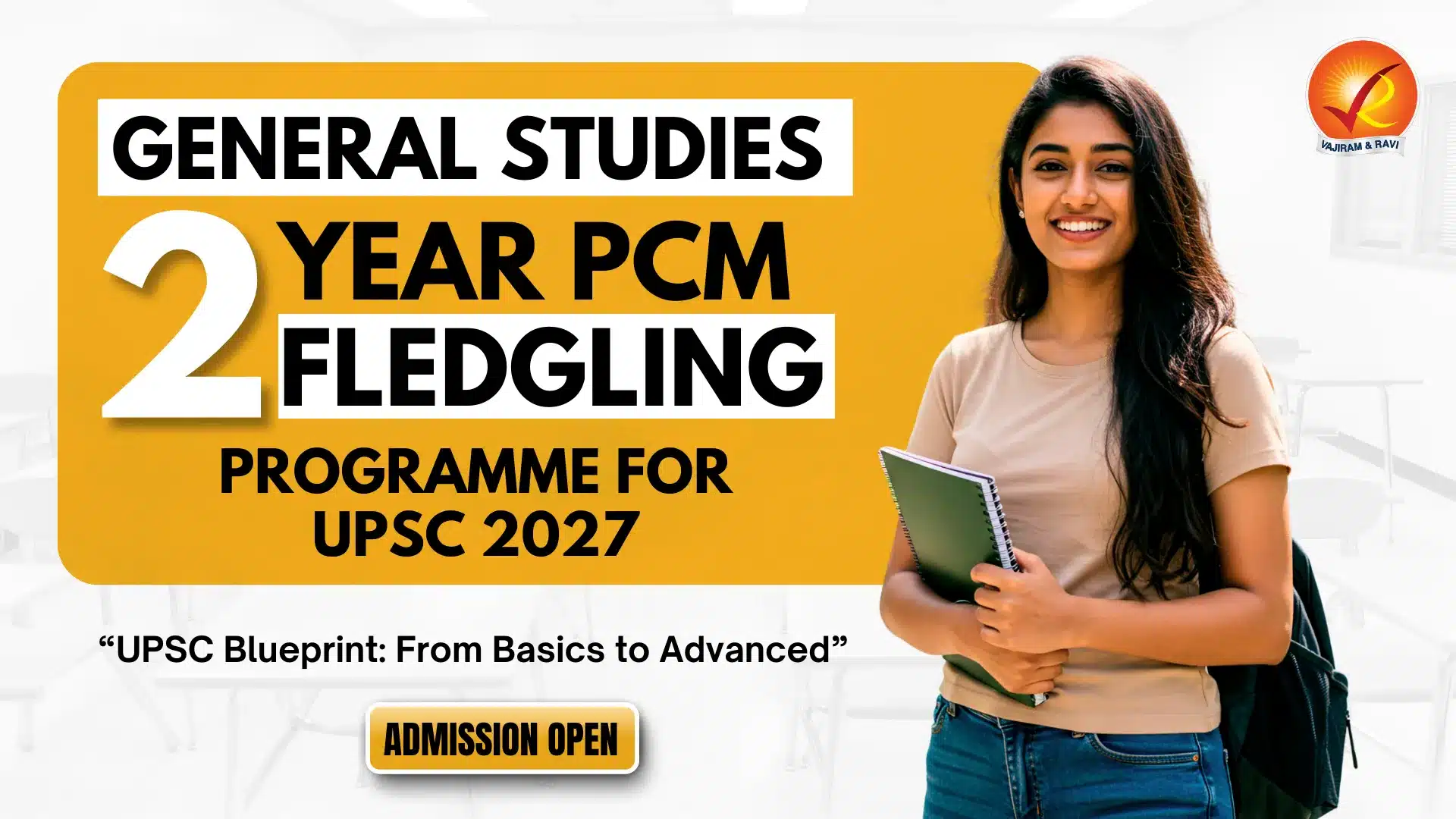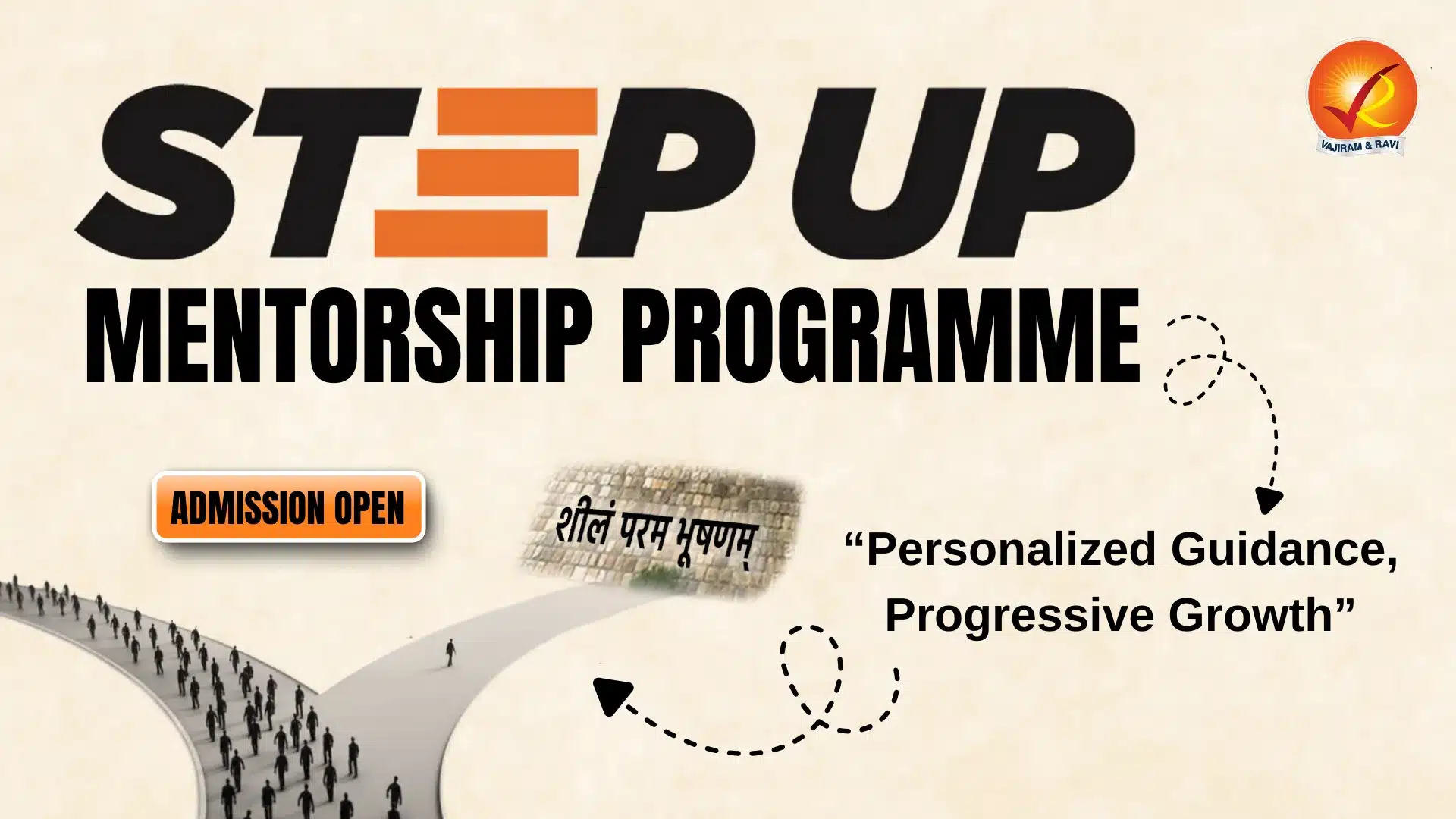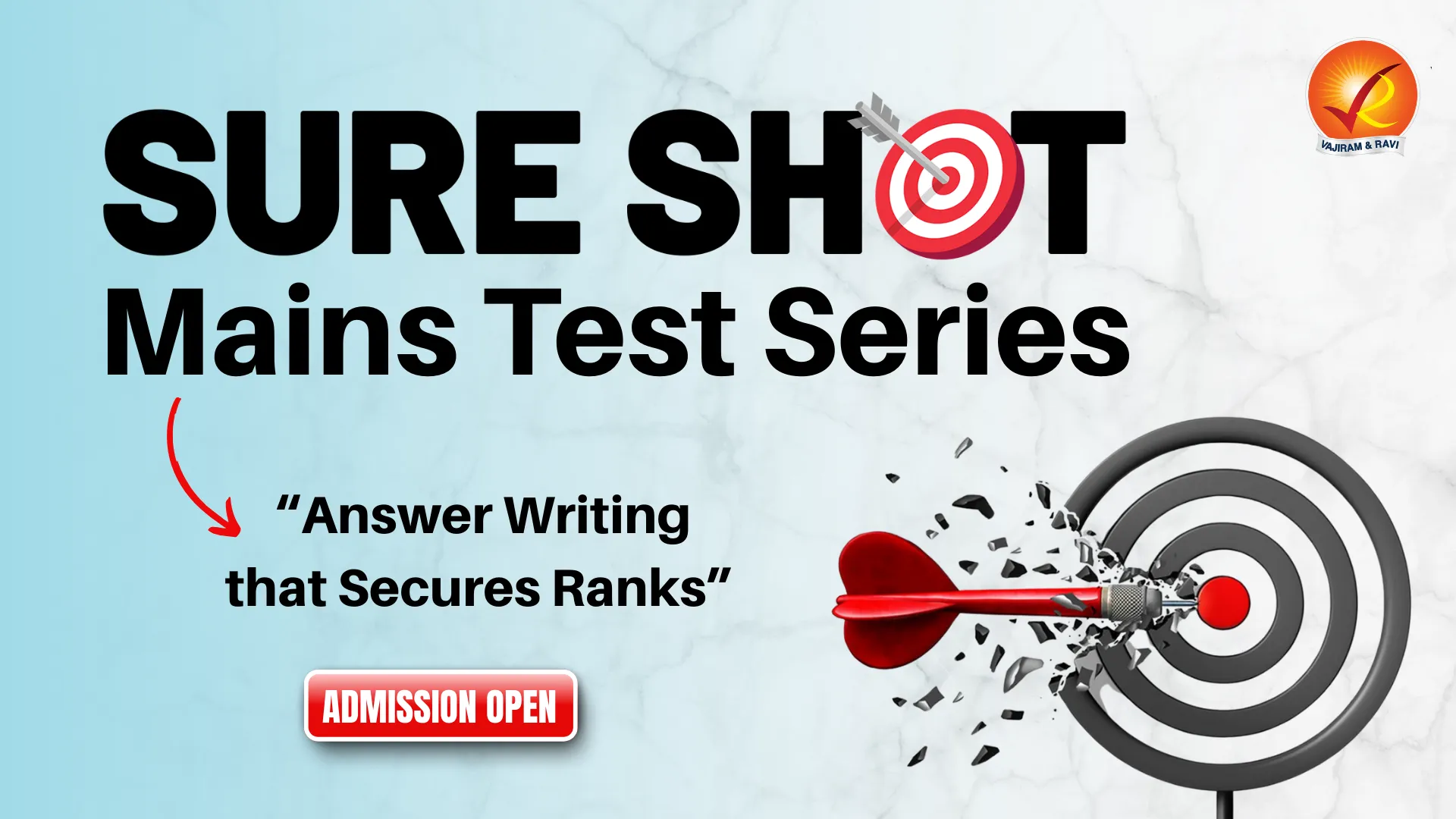The Vaikom Satyagraha was the first among the temple entry movements, launched on March 30, 1924, in the temple town of Vaikom in the princely state of Travancore. This significant non-violent Vaikom Satyagraha agitation aimed to secure the right of lower-caste individuals to access the Vaikom Temple and its surrounding roads.
In addition, the Vaikom Satyagraha was led by prominent leaders like K. Kelappan (also called Kerala Gandhi), with support from T.K. Madhavan and Mahatma Gandhi. Through its efforts movement sought to challenge deeply entrenched caste hierarchies and garnered widespread attention across India
Vaikom Satyagraha Background
The Vaikom Satyagraha emerged during a period when lower castes, including the Avarnas (those considered ‘untouchables’), were prohibited from entering the Vaikom Mahadeva Temple or any Brahmanical place of worship in Kerala.
- All India Congress Committee Meeting (1923) in Kakinada: T.K. Madhavan, Sardar Panikar, K.P. Kesava, and others prioritized the campaign, submitting a petition to the Travancore Legislative Council with Mahatma Gandhi's approval.
- The petition aimed to grant all people, regardless of caste, the right to enter temples and worship.
- Indian National Congress Support: The Congress party pledged full support for Vaikom Movement incorporating untouchability eradication into its programs.
- Formation of UAC: The Kerala Pradesh Congress Committee (KPCC) formed the Untouchability Abolition Committee (UAC) on January 24, 1924, to lead the campaign.
Vaikom Satyagraha Course
The Vaikom Satyagraha began with three Satyagrahis marching toward the temple, where a signboard restricted lower castes from accessing the roads. After declaring their castes—Pulayan, Ezhava, and Nair—they were denied access, arrested, and replaced by more Satyagrahis, leading to a cycle of arrests that intensified the movement.
- Arrests of T.K. Madhavan & K.P. Kesava Menon (April 7, 1924): Sparked increased momentum, with support from Tamil Nadu volunteers and the Akali society.
- Satyagrahis' Persistence: Despite police patrols and barricades, peaceful protests continued, supported by Periyar and Sree Narayana Guru, with Vellore Mutt as headquarters.
- Gandhi's Arrival (March 1925): Gandhi met caste leaders and the Maharani Regent to mediate a resolution.
- Conclusion of Satyagraha (November 30, 1925): Gandhi and W.H. Pitt’s agreement led to the release of protestors and access to temple roads.
- Maharaja’s Temple Entry Proclamation (1936): Abolished caste-based restrictions on temple entry, marking the culmination of the struggle.
Leaders of Vaikom Satyagraha
The Vaikom Satyagraha, an early temple entry movement, witnessed widespread participation and gained support from national organizations such as the Indian National Congress.
- T.K. Madhavan's Editorial (1917): Raised the issue of temple access for untouchables in Deshabhimani.
- George Joseph's Leadership: Led the Satyagraha in Kesava Menon's absence.
- E.V. Ramasamy Naicker (Periyar): Mobilized support and organized volunteers for the Vaikom Satyagraha through powerful speeches.
- Periyar's Imprisonment: Among all arrested, Periyar was the only one sentenced to rigorous imprisonment.
- Mahatma Gandhi's Involvement (1921): Supported Madhavan's temple entry agitation and mass protests.
- Role of Women (Nagammai & Kannammal): Empowered women and took on significant responsibilities during the movement.
- KPCC Resolution (1923): Passed a resolution to prioritize anti-untouchability efforts at the Kakinada session.
- Sree Narayana Guru & Mannathu Padmanabhan supported the temple entry movement.
Role of Mahatma Gandhi in Vaikom Satyagraha
When the Vaikom Movement was at its peak, Gandhi believed that the upper castes needed to be on his side. He then suggested that a procession consisting exclusively of Savarnas march to Thiruvananthapuram to show their support.
- Petition to Maharani Sethu Lakshmi Bai (October 1, 1924): A march led by Mannath Padmanabhan Nair, starting with 500 participants, grew to 5,000 by November, reaching Thiruvananthapuram.
- They submitted a petition requesting temple access for all castes. Despite initial support, the legislative council rejected the petition, weakening the Satyagrahis' morale and increasing Brahmin repression.
- Gandhi’s Mediation: Gandhi mediated a compromise, leading to the removal of discriminatory boards near the Vaikom temple. Though a partial victory, it showcased Gandhi's influence and paved the way for the full removal of temple entry restrictions.
Vaikom Satyagraha Women’s Participation
Women played a pivotal role in the Vaikom Satyagraha, marking their first significant involvement in socio-political activism. Many, initially seen as wives of leaders, became influential figures and led India's women's movement for decades. The following women leaders empowered women nationwide to join the struggle.
- Narayani Amma
- Meenakshi Amma
- Thirumalai Amma
- Nagammai Amma
Vaikom Satyagraha Significance
The Vaikom Satyagraha, which concluded on November 23, 1925, effectively raised awareness about untouchability and generated public opposition to the practice. With Gandhi mediating a compromise, the authorities agreed to concessions. As a result, all roads around the Vaikom temple, except two leading to the eastern gopuram, were opened to all castes without discrimination.
- The significance of the Vaikom Satyagraha became even more apparent nearly a decade later when the historic Temple Entry Proclamation was enacted in November 1936.
- This landmark proclamation lifted the long-standing ban on the entry of marginalized and depressed castes into the temples of Travancore, marking a significant step towards social equality and justice.
| Other Related Posts | |
| Mahatma Gandhi's Movements | Ahmedabad Mill Strike |
| Satyagraha | Kheda Satyagraha |
| Champaran Satyagraha | Vaikom Satyagraha |
Last updated on December, 2025
→ Check out the latest UPSC Syllabus 2026 here.
→ Join Vajiram & Ravi’s Interview Guidance Programme for expert help to crack your final UPSC stage.
→ UPSC Mains Result 2025 is now out.
→ UPSC Notification 2026 is scheduled to be released on January 14, 2026.
→ UPSC Calendar 2026 is released on 15th May, 2025.
→ The UPSC Vacancy 2025 were released 1129, out of which 979 were for UPSC CSE and remaining 150 are for UPSC IFoS.
→ UPSC Prelims 2026 will be conducted on 24th May, 2026 & UPSC Mains 2026 will be conducted on 21st August 2026.
→ The UPSC Selection Process is of 3 stages-Prelims, Mains and Interview.
→ UPSC Result 2024 is released with latest UPSC Marksheet 2024. Check Now!
→ UPSC Prelims Result 2025 is out now for the CSE held on 25 May 2025.
→ UPSC Toppers List 2024 is released now. Shakti Dubey is UPSC AIR 1 2024 Topper.
→ UPSC Prelims Question Paper 2025 and Unofficial Prelims Answer Key 2025 are available now.
→ UPSC Mains Question Paper 2025 is out for Essay, GS 1, 2, 3 & GS 4.
→ UPSC Mains Indian Language Question Paper 2025 is now out.
→ UPSC Mains Optional Question Paper 2025 is now out.
→ Also check Best IAS Coaching in Delhi
Vaikom Satyagraha FAQs
Q1. Who is the main leader of Vaikom Satyagraha?+
Q2. Who are the pioneers of Vaikom Satyagraha?+
Q3. Who is known as Vaikom Veerar?+
Q4. What was the aim of Vaikom Satyagraha?+
Q5. What was the conclusion of Vaikom Satyagraha?+
Tags: quest vaikom satyagraha



